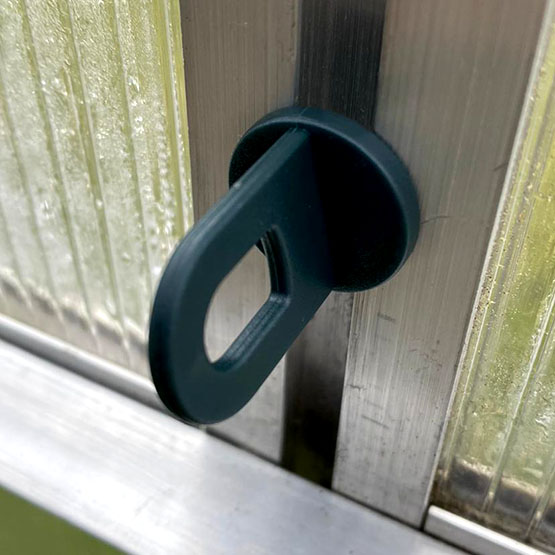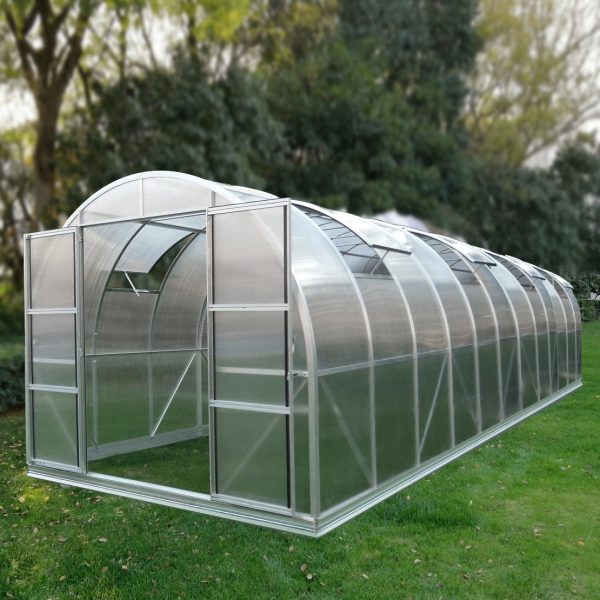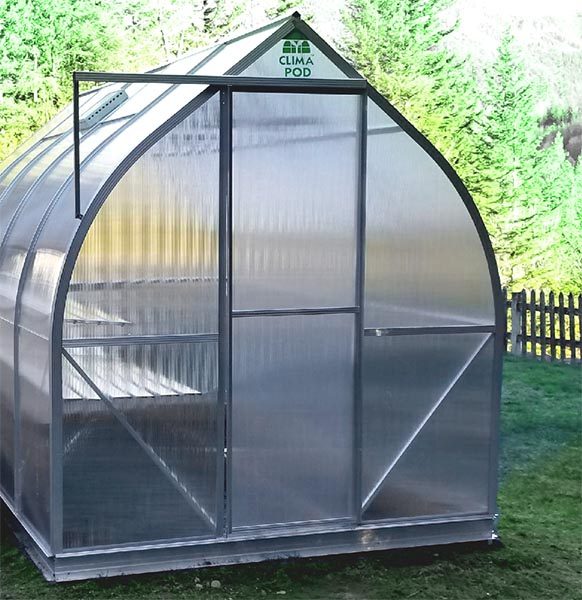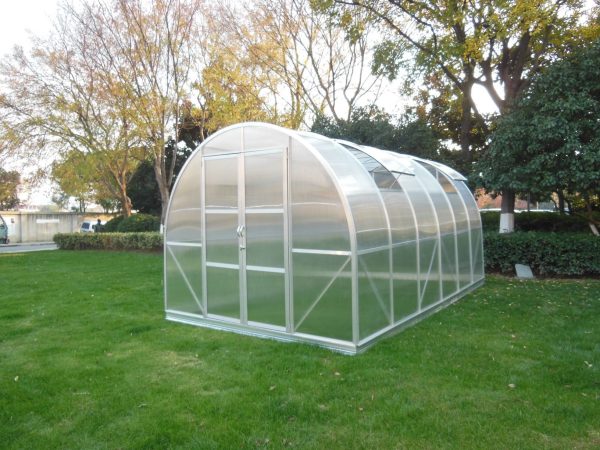One of the many reasons for building a greenhouse is to extend the growing season. Incorporating grow light into your greenhouse is an important component that will help you do exactly that. But, if you want to garden under lights, there are several considerations you should mull over before making your purchases.
First, consider the color of light you’ll need. Not all plants require the same color of light to thrive. Sunlight is a full-spectrum light, which means it has all the colors of the rainbow. Plants need that full spectrum for photosynthesis, but it appears that red and blue light are the most crucial colors. Red light stimulates vegetative growth and flowering, too much red light will make a plant tall and “leggy” (spindly). Blue light regulates plant growth, which makes it ideal for growing foliage plants and stocky seedlings. So, determine what color light your plants will need. This will help you choose the appropriate type of light bulb.
Second, figure out the level of light intensity your plants will require, then choose an appropriate bulb wattage and keep it the proper distance from the plant’s foliage. Try testing the bulb’s distance from the foliage by holding your hand gently on the plant’s leaves. If you feel warmth, the bulb is too close.
Third, determine the proper duration of light your plants will need, because no matter what they are, they need their sleep as much as you do. Come nighttime, plants respirate, which helps to keep them healthy. If you want them to do what you expect grow well, set buds, and put on fruit you’ll need to give them a proper balance of down time. Vegetables, for example, are what botanists call “long-day” plants, which means they need 14 to 18 hours of light each day. Any less, and they’ll get pale and leggy. Take a tip from me: Buy a light timer, set it, and get a good night’s sleep.
Greenhouse Light: What to Buy
Okay, now it’s time to buy your bulbs. And, of course, you have several choices.
Incandescent bulbs deliver good levels of red light, but poor levels of blue. Plus, they can get hot, so if you place the bulbs too close to foliage, you can scorch it.
Halogen bulbs get even hotter. Bad idea.
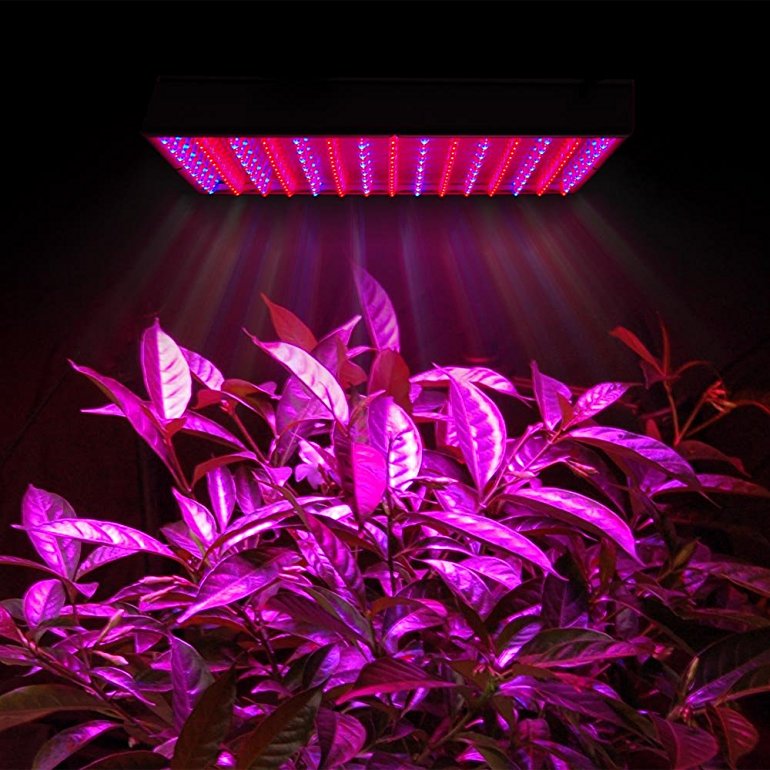
Fluorescent bulbs crank out two to three times more light than incandescent bulbs, while using the same amount of energy. Plus, they’re relatively cheap. Just keep an eye on what kind of bulbs you’re buying: cool or warm. When I had two-bulb fluorescent light fixtures, I inserted one cool bulb and one warm bulb, which gave me a nice blend of blue/yellow-green and red, respectively.
Full-spectrum fluorescent bulbs provide a balance of cool and warm light that mimics the natural color spectrum of the sun. These lights are excellent for seedlings, but you can use them for regular houseplants, herbs, and a ton of other plants, too.
High-intensity discharge lamps (a.k.a. HIDs) are real monsters, pumping out roughly twice the amount of incandescent or fluorescent bulbs, while using the same amount of energy. They’re a pricier choice, though; commercial growers and serious horticulturists are usually the ones found using them.
Greenhouse Lighting Tips
No matter what bulbs you choose for lighting in the greenhouse, here are a few guidelines to consider:
- If you use fluorescent tubes, rotate your plants once a week, so that everyone can bask in the light from the center of the tubes, where it’s stronger
- Put a white coat of paint on your growing trays or lay down some tinfoil with the shiny side up to increase the amount of light your plants receive
- When fluorescent tubes darken, replace them. You’re probably only getting about half the original light output anyway
- Give your bulbs a rubdown once per month. You’d be surprised how much dust and dirt can cut down the amount of light available to your plants


